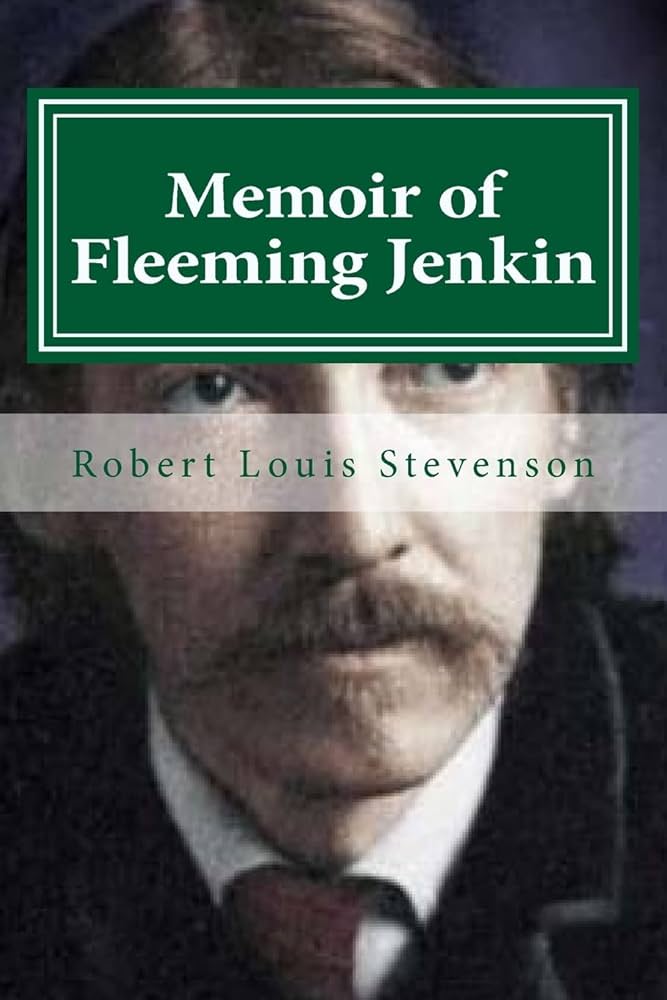Chapter I — The memoir of Fleeming Jenkin
byChapter I — The memoir of Fleeming Jenkin opens with a warm and vivid portrait of a man whose life was defined by both intellectual vigor and deep personal connection. His household in Edinburgh included three generations living closely together, creating a rich, interwoven family dynamic. Far from being a source of friction, these relationships thrived on mutual respect and affection. Figures like Mr. Austin and Captain Jenkin were not only respected elders but also active contributors to the family’s shared values. Fleeming’s reverence for family life was not sentimental—it was a living principle that shaped how he treated obligations, joys, and shared responsibilities.
As a father, Jenkin brought the same energy and care that defined his work, but with a gentler tone and playful patience. He found ways to make learning enjoyable, often turning academic routines into engaging experiments or collaborative efforts. His sons benefited from a father who was both teacher and companion, someone who challenged them but also shared in their small victories. Whether crafting educational games or joining them in hobbies like tinkering with tools, he modeled discipline alongside enthusiasm. Through these daily interactions, his values—thoroughness, curiosity, and integrity—were passed down not through lecture, but example. His influence reached into their thinking, problem-solving, and sense of self-worth.
Jenkin’s zest for life extended into outdoor exploration, which became a family affair. Trips to the Highlands or hands-on experience with their steam launch were more than leisure—they were formative adventures. His sons didn’t just witness nature or machinery; they learned to work with them, solving problems together in real time. These shared activities were immersive, teaching resilience, teamwork, and respect for the environment. Through these outings, the boys absorbed lessons that couldn’t be found in books—how to stay calm under pressure, how to navigate challenges, and how to stay curious when things got tough. Jenkin believed that personal growth required both physical and mental engagement, and he wove this belief into every family pursuit.
Beyond his family, Jenkin showed the same openness and curiosity in his interactions with broader communities. Whether picking up a new dialect or engaging with local traditions during travel, he approached every encounter with interest and humility. He enjoyed pushing the boundaries of what he knew, treating language, culture, and even unpredictable weather as opportunities to learn. In this way, the Scottish coasts, the languages he studied, and the people he met weren’t just backdrops to his story—they were essential threads. His life was one of active participation, not passive observation. Through this openness, he built bridges of understanding that enriched both himself and those around him.
The chapter doesn’t just describe a man of intellect; it reveals someone emotionally engaged with the people and places that made up his world. Jenkin didn’t compartmentalize work, family, or exploration—they flowed into each other, creating a life that felt cohesive and full. He balanced the demands of engineering with the demands of the heart, never treating one as less important. What emerges is a portrait of a person who was not only capable but deeply present, whose brilliance was matched by warmth. His was a kind of success measured not only in innovations but in relationships nurtured and lives touched.
In this narrative, Fleeming Jenkin stands as a rare blend of engineer, educator, explorer, and devoted father. His passion for discovery didn’t come at the expense of emotional presence—it deepened it. He lived with intention, curiosity, and generosity, and those qualities ripple throughout his story. In every challenge faced and joy shared, he demonstrated that a full life is made not just by what we achieve, but how we love, learn, and lead others in the process. His legacy isn’t confined to technical journals or academic halls—it lives in the memories, values, and growth of those closest to him. And through this chapter, readers come to understand that a well-lived life is one where both mind and heart find expression in equal measure.


